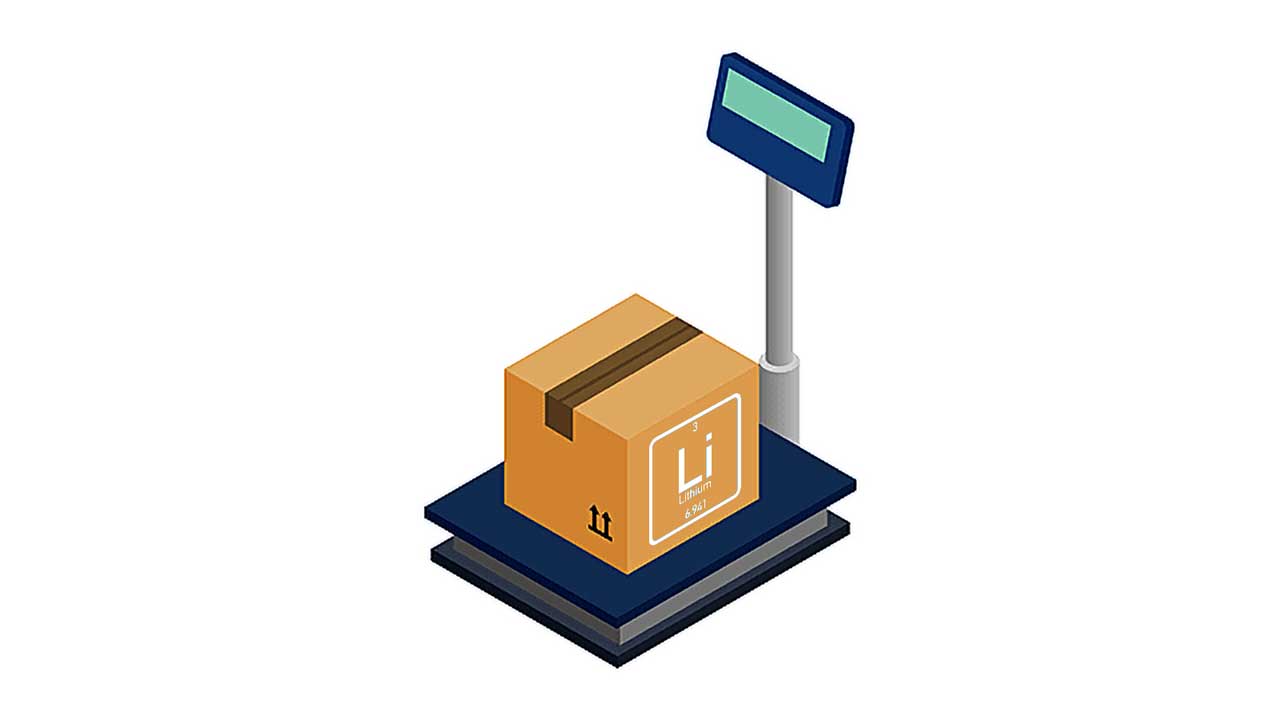Lithium batteries have revolutionized various industries, including electric aviation, by providing a reliable and efficient power source. However, they have their limitations. Lithium batteries are rechargeable power sources that utilize lithium ions to store and release energy. They have gained immense popularity in electric aviation due to their high energy density, lightweight nature, and longer lifespan than traditional battery technologies. The ability to store significant energy in a compact size makes lithium batteries an ideal choice for electric aircraft, enabling longer flight durations and improved performance.
In this article, we will explore the challenges lithium batteries face in electric aviation and discuss the strategies employed to overcome these limitations.
Limitations of lithium batteries in electric aviation
Despite their numerous advantages, lithium batteries, such as offered by golden mate battery, has several limitations that pose challenges in electric aviation. Understanding these limitations is crucial for further progress in this field.
Limited energy density
Energy density refers to the energy stored per unit volume or weight. While lithium batteries offer higher energy density than other battery types, there is still room for improvement. Increasing the energy density would allow electric aircraft to carry more power without increasing the overall weight, resulting in extended flight range and improved efficiency.
Weight and size constraints
The weight and size of lithium batteries have a significant impact on the overall performance of electric aircraft. Every gram counts in aviation, as excess weight reduces the payload capacity and affects the range and maneuverability of the plane. Moreover, limited space availability challenges integrating larger battery packs for increased energy storage.

Safety concerns
Lithium batteries are known for occasional safety issues, including thermal runaways, short circuits, and fires. These safety concerns are amplified in electric aviation, where the consequences of battery failures can be catastrophic. Ensuring the safety and reliability of lithium batteries is of utmost importance to gain public trust and meet stringent aviation regulations.
Overcoming the limitations of lithium batteries
The limitations of lithium batteries in electric aviation have sparked extensive research and development efforts. Here are some strategies being pursued to overcome these limitations:
Research and development of advanced materials
Scientists and engineers are actively exploring new materials and technologies that can enhance the performance of lithium batteries. Advancements in electrode materials, electrolytes, and cell designs aim to increase energy density, improve charge-discharge rates, and enhance overall battery efficiency.
Improving energy density through battery technology
Researchers are working on various approaches to improve the energy density of lithium batteries. This includes the development of higher-capacity cathode materials, such as lithium-sulfur and lithium-air batteries, which have the potential to increase energy storage capabilities significantly.
Reducing weight and size through innovative designs
Innovative battery designs are being explored to minimize the weight and size of lithium batteries without compromising their performance. This includes using flexible and thin-film batteries, solid-state batteries, and advanced packaging techniques that optimize space utilization.
Enhancing safety features and thermal management
Battery manufacturers are implementing advanced safety features and thermal management systems to address safety concerns. These include using flame-retardant materials, protective coatings, and temperature control mechanisms to prevent thermal runaway and ensure stable battery operation.
Prospects and advancements
The future of lithium batteries in electric aviation looks promising, with ongoing research and development efforts. However, it is also important to consider emerging battery technologies that could overcome the limitations of lithium batteries altogether. These include hydrogen fuel cells, solid-state batteries, and other advanced energy storage solutions that offer higher energy densities, faster charging capabilities, and improved safety profiles.
These advancements in battery technology have the potential to revolutionize the electric aviation industry, enabling longer flight durations, reduced carbon emissions, and increased adoption of electric aircraft in various applications.
Conclusion
Lithium batteries have played a vital role in advancing electric aviation, but their limitations must be addressed to unlock the potential of this technology further. Through ongoing research and development, the industry is making significant progress in improving energy density, reducing weight, and enhancing safety features. The future holds promising prospects for lithium batteries in electric aviation, with emerging battery technologies expected to overcome current limitations and drive the industry forward.
